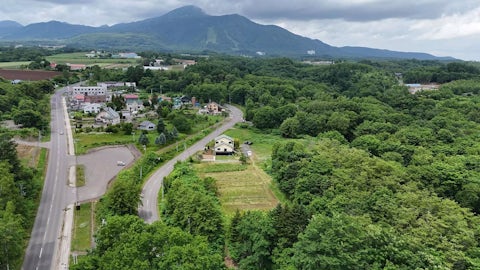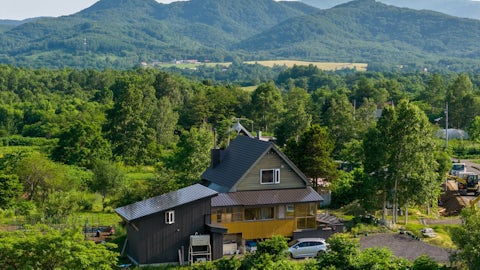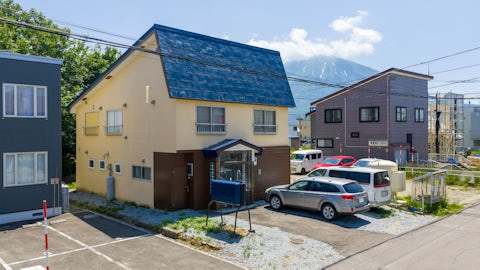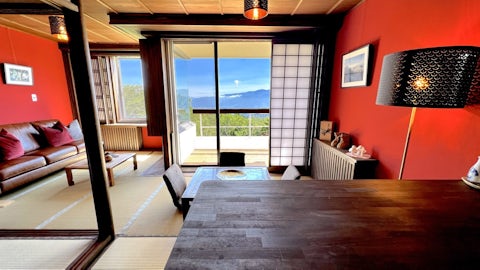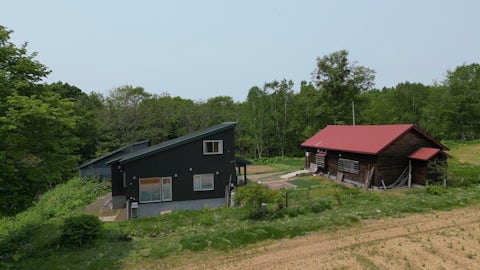
Japan is grappling with a growing challenge: the proliferation of abandoned homes, known as akiya. As highlighted in a recent CNA article, projections indicate that by 2038, one in three homes across the nation could be vacant, amounting to over 23 million properties. This issue is particularly pronounced in rural areas like Uda, Nara Prefecture, where nearly 20% of homes are unoccupied. Factors such as urban migration, an aging population, and inheritance complexities contribute to this trend. The presence of these vacant homes not only affects community cohesion but also poses safety hazards and leads to significant economic losses, with estimates suggesting a $24.7 billion impact on the property market over the past five years .
In response, various initiatives have been launched to address the akiya phenomenon. Local governments have established "akiya banks," online platforms listing vacant properties available for sale or rent, aiming to connect potential buyers with these homes. Additionally, financial incentives are being offered to encourage the purchase and renovation of these properties. For instance, Okayama Prefecture provides up to ¥1.2 million in renovation grants, while Hokkaido offers up to ¥3 million for extensive refurbishments. These measures aim to revitalize rural communities by attracting new residents and stimulating local economies.
The affordability of akiya has also caught the attention of foreign investors and individuals seeking unique real estate opportunities. While some properties are available for as little as ¥500, buyers must be prepared for the challenges associated with renovation, including adherence to building codes and potential structural issues . Despite these hurdles, success stories abound. In Kitsuki, Oita Prefecture, residents have transformed a 150-year-old restaurant into a shared community space, inspiring others to repurpose abandoned homes into guesthouses and cultural hubs .
However, the path to revitalizing akiya is not without obstacles. Legal and bureaucratic complexities, such as unclear property ownership and inheritance disputes, can impede the transfer and renovation of these homes. Moreover, the declining population in rural areas raises concerns about the long-term sustainability of such revitalization efforts. To address these challenges, a comprehensive approach involving policy reforms, community engagement, and support for sustainable development is essential.
In conclusion, while the akiya issue presents significant challenges, it also offers opportunities for innovation and community revitalization. By leveraging financial incentives, fostering community initiatives, and addressing legal hurdles, Japan can transform these abandoned homes into assets that contribute to the nation's cultural preservation and economic resilience.



